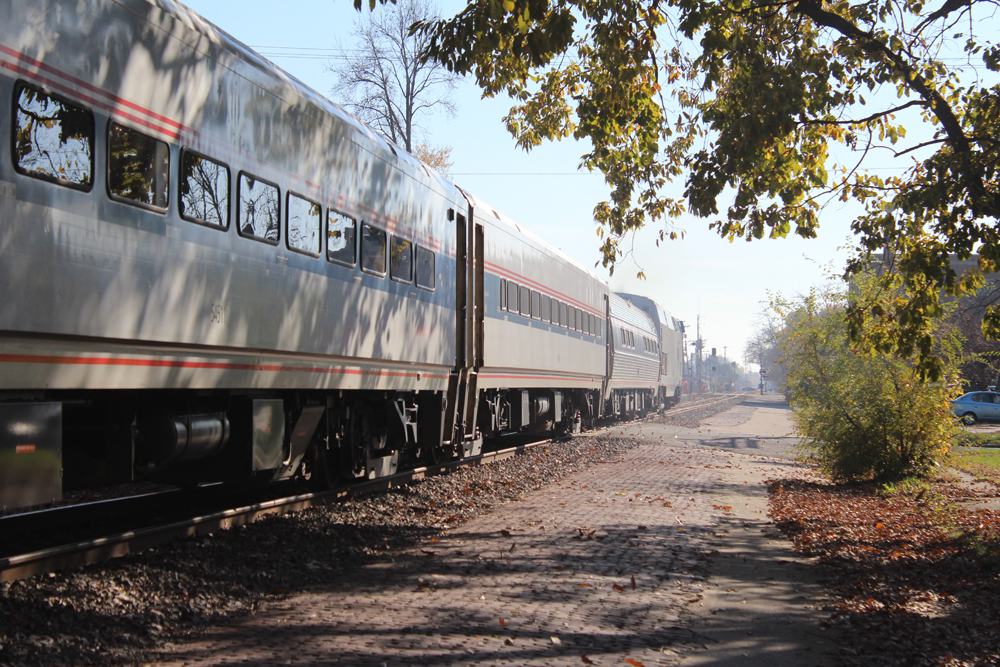Executives said they expect UP to reduce its operating ratio to below 61 percent this year — down from 62.7 percent in 2018 — and push the key efficiency measure below 60 percent by the end of 2020 through a combination of productivity gains, cost-cutting moves, higher rates, and volume growth.
When adjusted for the impact of one-time events, UP’s quarterly operating income increased 9 percent, to $2.2 billion, on revenue of $5.4 billion, an increase of 6 percent. Earnings per share, when adjusted for one-time events, surged 39 percent to $2.12 per share, which easily topped analysts estimates of $2.06.
The fourth-quarter operating ratio was 61.6 percent, an improvement of 1.1 points versus a year ago.
Full-year adjusted results included an 8-percent gain in operating income, to $8.5 billion, on revenue of $22.8 billion, a gain of 7 percent. Earnings per share was up 37 percent, to $7.91, which also beat analyst expectations.
Overall volume was up 3 percent for the quarter, led by 6-percent gains in UP’s Industrial segment and a 9 percent rise in premium volume, which includes intermodal and automotive traffic. Energy shipments were down 9 percent due to declining coal shipments, while the Agriculture segment was down 2 percent due in large part to a 10-percent decline in grain shipments attributed to a tariff-related reduction in soybean exports to China.
Although UP’s key operating metrics generally improved for the quarter, safety statistics deteriorated. The personal injury rate rose 4 percent, while train accident rate surged 12 percent.
For the year, UP’s overall volume was up 4 percent. Industrial and Premium traffic were both up 6 percent, while Energy was down 2 percent and Agriculture volume slipped 1 percent.
Union Pacific executives were optimistic about volume and pricing growth this year. Traffic volume is expected to rise in the low single-digit percentage range.
The railroad also expects to see at least $500 million in productivity savings, Chief Financial Officer Rob Knight says.
Some of the savings will come from smaller mechanical and engineering work forces as the railroad stores locomotives and freight cars and improves maintenance-of-way practices. The railroad also expected its train and engine crew count to fall as the railroad reduces the number of daily train starts under its Precision Scheduled Railroading operating model.














